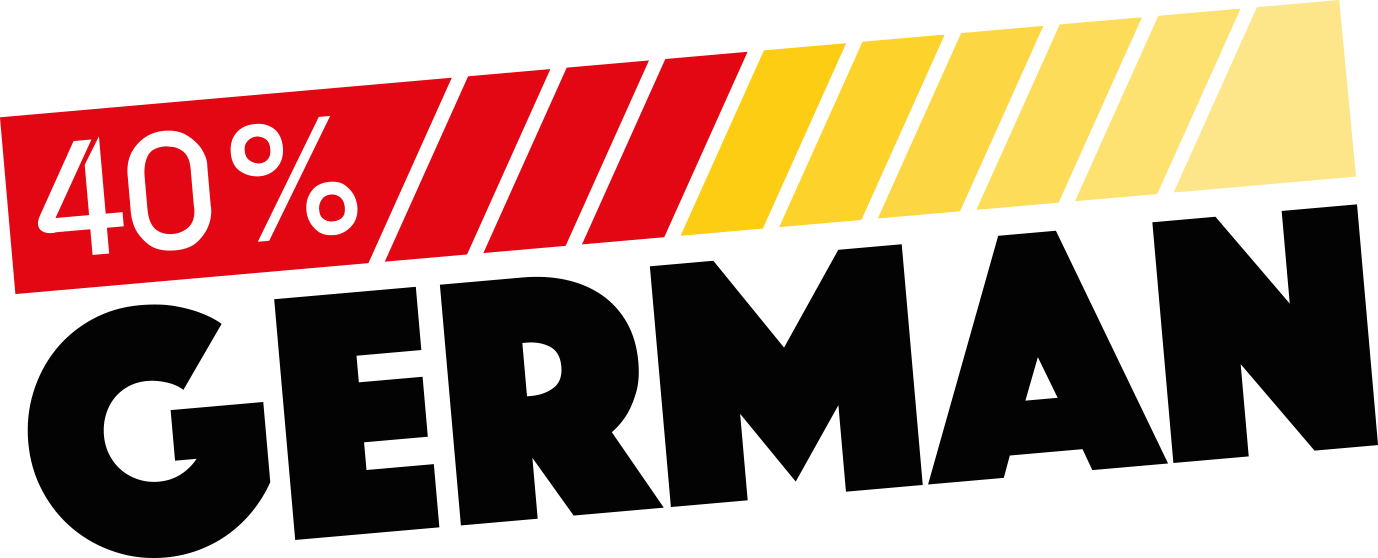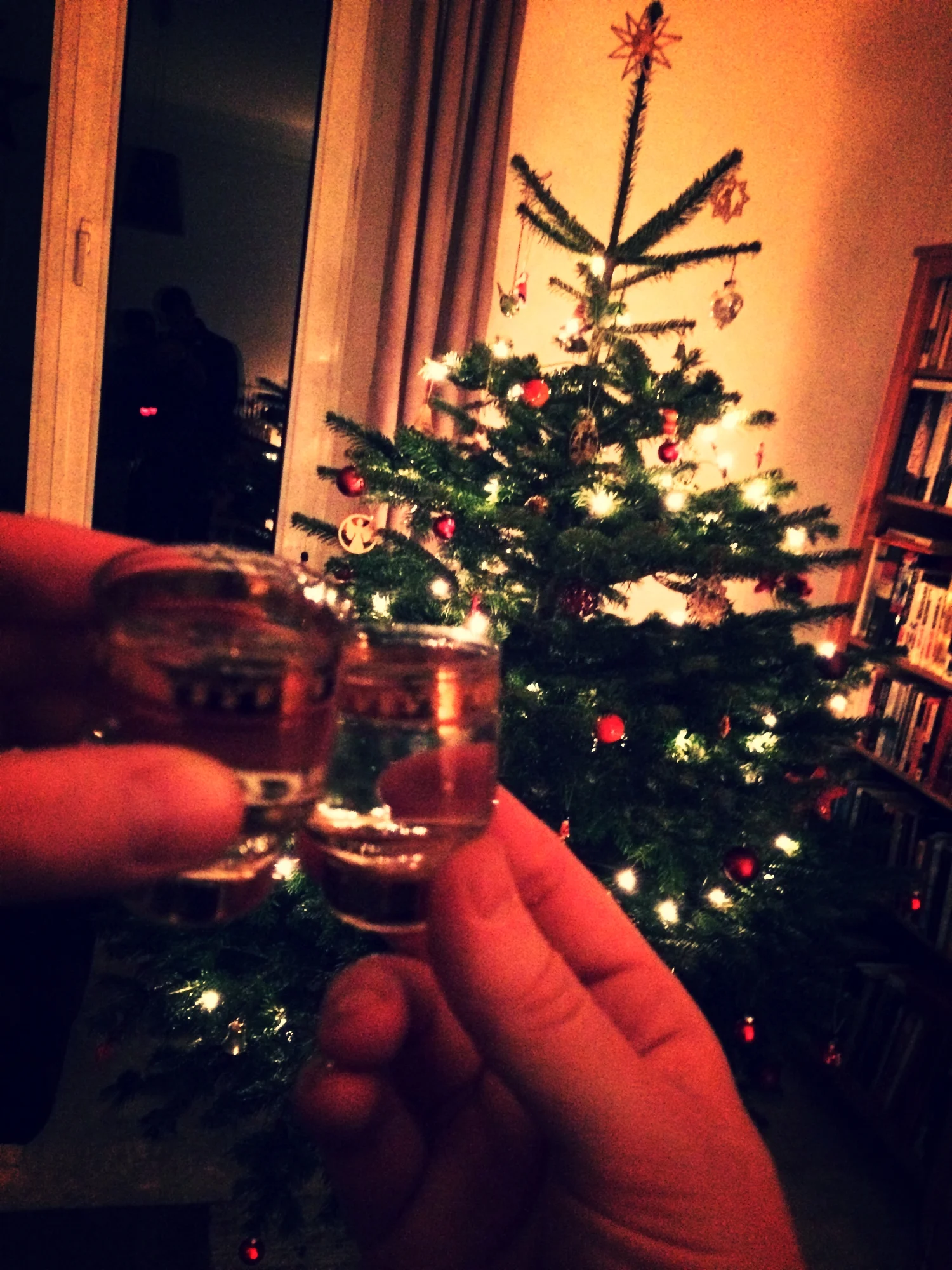Christmas Markets and German Regional Diversity
As the trees are put up and the Christmas lights are turned on, so my social media timelines light up with questions about German Christmas markets. With everyone and their Krampus setting up a Weihnachtsmarkt, from small villages to large cities, the paralysis of choice quickly sets in. Where will I get the best Glühwein? Where is the best Wurst? What is a Nussknacker and how do I kill it?
So many questions, but it’s incredibly hard to give a definitive answer. The reason it’s so difficult to choose the best market is basically the same reason it is so hard to give any definitive answer on German culture; Germany is not homogenous. Each region has their own way of doing things, it really does depend on where you visit and what experience you want. Should some lucky tourists be able to take three weeks off in December, to galivant around the 16 German states, they may just be able to give a reasonable answer. Yet, even if you took on the epic task of going to every major market in Germany, you would still have a hard time explaining which was the best. You would be close, but frankly not close enough.
Again, this boils down to regional diversity. Take as an example, my home state of Bavaria. In the eyes of the many, Bavaria is an especially uniform whole, with Lederhosen and Dirndl clad folks climbing tall mountains and drinking refreshing litre glasses of beer. This is, of course, only half true. Munich, the state capital, is a microcosm of the variety of Christmas markets. Take a trip there and you will find a variety of different markets, from the traditional located in the Marienplatz, the international Märchenbazar or the Medieval found at the Wittelsbacher Platz. There are common themes such as the Glühwein and possibly similar objects on sale, but each has its own atmosphere and festive feeling.
Regional difference can be found in food options especially. Travel further from Munich, into the wilds of Schwaben and you will find the food sold to be very different. I was pleasantly surprised to find schupfnudel, a kind of German Gnocchi, to be on sale at most markets in the area, which is not something that you would find in other parts of Bavaria. The regional differences should in no way put anyone off, but it should be considered.
When it comes to choosing a market, size really does matter, from amount of stands to the footprint of the market as a whole. Ulm Christmas market, for instance, sits below the epic Ulm Munster and is on the face of it a magical looking place. However, once you enter it, you become keenly aware that space is at a premium. Possibly due to Christmas excitement, organisers have tried to fill a tiny area with as much as they can. The result of this planning means that holding on to hot Glühwein and not spilling it on your hands or down your coat becomes an Olympic endeavour as people attempt to navigate around the stands. I have lost my Pfand (the deposit for aGlühwein mug) more times than I care to mention due to someone simply walking behind me and knocking it from my grasp. Add several more Glühwein to the equation and the result is a large group of drunk market goers, pinballing around the stands as they bounce from one person to the next.
Region, style and size are all good indicators, but a final factor is also fame, with no better example being the Nürnberg Christkindlesmarkt. It is usually the first hit on Google, given that is widely believed to be the oldest and is easily the largest of all the markets in Germany. However, the fame of the market has apparently done it no favours. Having lived and worked in Nürnberg for seven years, I can say that it’s easily the least enjoyable Christmas market experience of any that I have visited. There are various reasons for this, one factor being the sheer amount of people. Nürnbergers themselves will often avoid the city centre during the market as getting through it can be a herculean task, with forests of selfie-sticks and slow-moving tourists making the whole trip a slog. The other factor, for me at least, is it that it seems so utterly charmless. The smaller markets surrounding the main market still retain some character, but the central market experience is about the same as any market you would find in other parts of Germany. The only difference is that there is more of it, which doesn’t really add anything. In fact, once you have travelled through a few of the lines of stands, it becomes very clear that there is very little in the way of diverse offerings. Most stands sell a similar line of products, which in all probability were made in the same factories. There’s little to indicate that the Nürnberg market is any different from one you would find in Birmingham. Of course, my attitude to the Christkindlesmarkt most likely comes from the fact I have been to it way too many times and I’m sure many tourists love travelling to it regularly.
What all of this boils down to is personal choice and it is incredibly difficult to find a bad Christmas market in Germany. Regional difference is worth thinking about, but if you have never travelled here before, choosing any market is usually a safe bet. Traditional markets can be found all over the country, but if I have one piece of advice, it would go to a medieval market. Nothing says Christmas like an open fire, a goblet of Glühwein and some bearded men having a duelling drum off.










